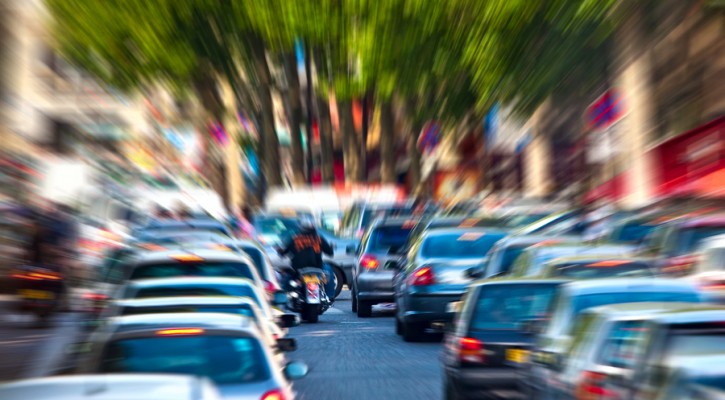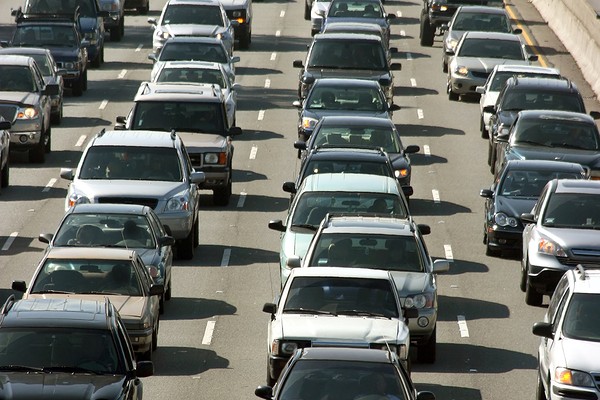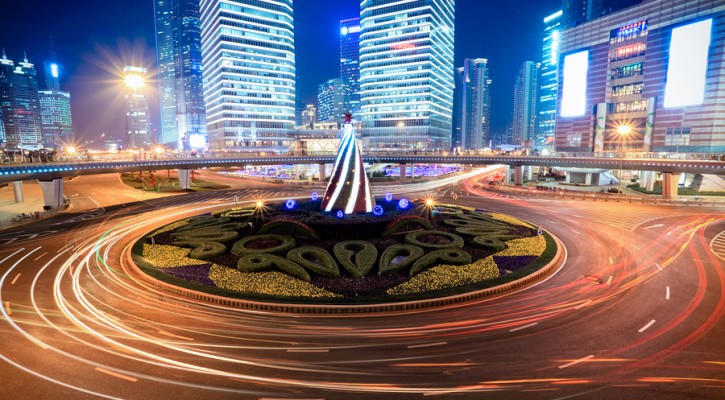
Can Hackers Control Traffic Lights?
August 1, 2014
How secure are our traffic lights? Apparently, not very. This excellent piece from Wired follows Cesar Cerrudo, an Argentinian security researcher, around Seattle, New York, and Washington, DC as he easily demonstrates how hackers can control traffic lights. See the full story here:
Hackers Can Mess With Traffic Lights to Jam Roads and Reroute Cars
Variable Speed Limits – A TxDOT Experiment
June 22, 2014
Texas drivers in San Antonio, Waco, and Eastland County may notice new speed limit signs on their daily commute – digital signs with variable speed limits that change throughout the day. The variable speed limit signs are part of a TxDOT pilot program designed to increase highway safety.
Speed limits will vary from current posted speed limits down to 30 mph, depending on how fast traffic is moving. Factors such as road conditions, weather and construction will also be taken into account. Changes will occur in 5 mph increments.
Drivers can be ticketed if they are caught violating the speed limits posted on the electronic signs.
The idea is to increase safety by warning drivers about the speed of traffic, as well as to prevent congestion before it starts. This strategy of spacing and pacing is used in other states, from Florida to Washington. The use of Active Traffic Management, or ATM, has had positive effects on traffic safety and congestion.
Eventually, the Texas Transportation Commission and the state Legislature will evaluate the TxDOT pilot program and decide whether or not to adopt the variable speed system.

More Roads = More Traffic
June 18, 2014
Once upon a time, a major city tore down one of its most vital highways. A highway that carried 168,000 cars per day. They replaced that highway with a river, parkland and some smaller roads. And, guess what? Traffic didn’t get any worse. Instead many other things, such as pollution and quality of life, got better. It was a great day for urban planners all over the world.
How is this possible? How can it be that a reduction in highways doesn’t halt traffic and bring an industrious city to its knees?
You’d be forgiven if you have ever been stuck in traffic and thought “more lanes would help ease this congestion”. However, decades of research done by traffic engineers, economists and social scientists shows us that building more roads actually makes traffic worse. Here to explain why are the great guys writing over at Autopia:
What’s Up With That: Building Bigger Roads Actually Makes Traffic Worse | Autopia |
The Case Against Left-Hand Turns
May 1, 2014
The left-hand turn is an essential skill that we all must master. However, learning how to avoid left-hand turns may be equally important. To make the case, we’ve rounded up a few interesting, and frightening, facts about turning left:
- 53.1% of crossing-path crashes involve left turns. Only 5.7% involve right turns.
- According to a study by NYC transportation planners, left-hand turns are 3X more likely to cause a deadly crash involving a pedestrian than right-hand turns.
- 36% of fatal motorcycle accidents involved a vehicle turning left in front of a motorcycle. Considering that nearly half of motorcycle accidents are single-vehicle (meaning the rider was the only one involved), that 36% is quite a significant number.
These statistics are often considered when city planners hit the drawing board. Many transportation systems use round-abouts to avoid the left-turn problem, while others are considering the more innovative “diverging diamond interchanges“.
Whether or not your own city has developed solutions to the left-turn dilemma, you can always use the old “three rights makes a left” maneuver when navigating through high-traffic and pedestrian-heavy areas such as downtown. In fact, this method can improve time and efficiency when the streets are especially congested.

Roundabouts or 4-Way Stops?
April 6, 2014
Which do you prefer? The roundabout is considered more efficient, and even safer. However, 4-Way stops are the American way. Read this interesting article and join the debate:
http://blog.jafrum.com/2013/10/28/roundabouts-or-4-way-stops-what-is-your-preferred-method/
